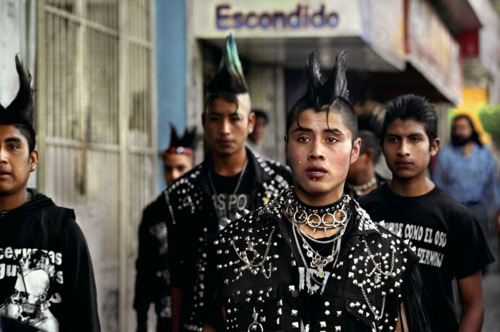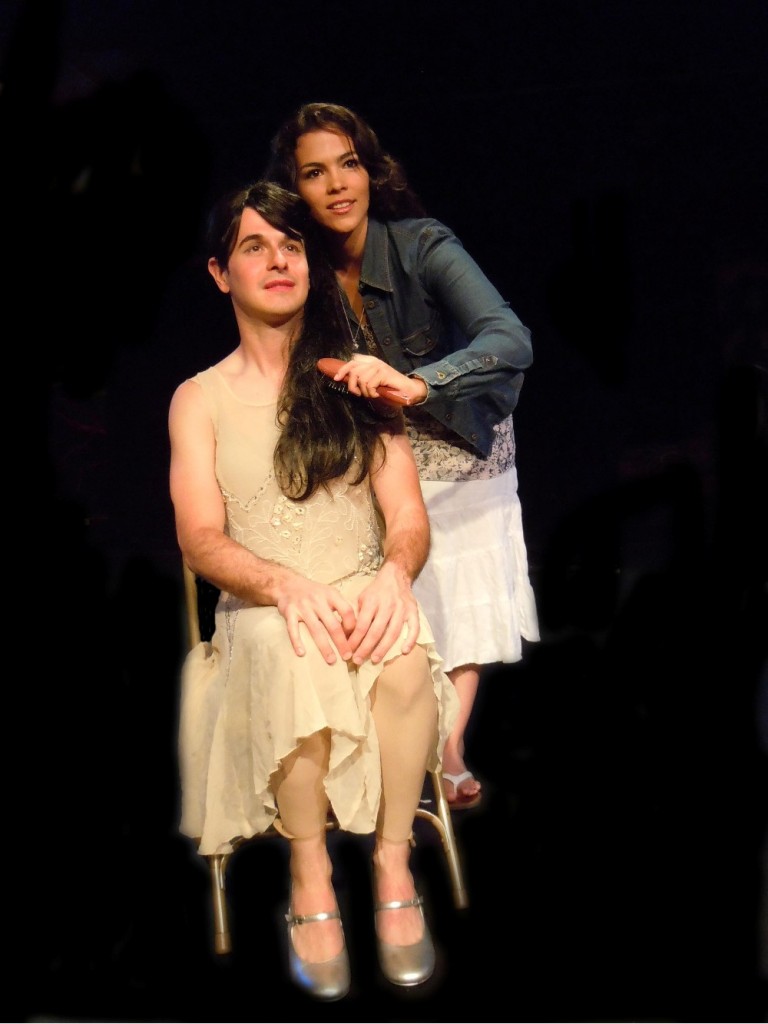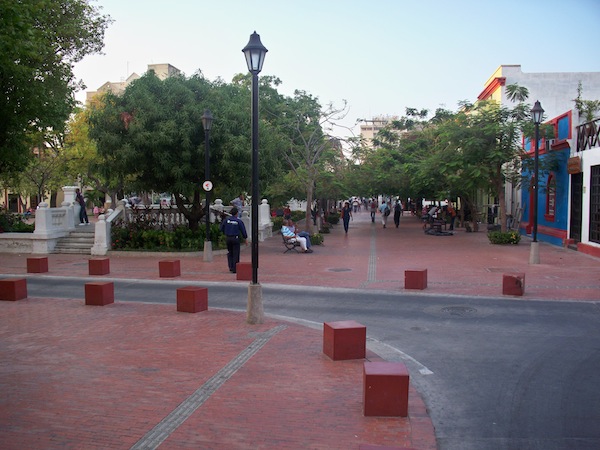
Escondido, 2005, from the Mazahuacholoskatopunk series. Photo by: Federico Gama
Down & Delirious in Mexico City: The Aztec Metropolis in the Twenty-First Century
Daniel Hernandez
Publisher: Scribner
Published date: February 8, 2011
By guest contributor Susy Chavez of mexiroccan.blogspot.com
There is a legend that runs through artist circles in Mexico about the surrealist French photographer Henri Cartier-Bresson’s first visit to that country. They say Cartier-Bresson was so moved and overwhelmed with visual stimulation that he declared all one had to do to find a surrealist image while in Mexico was to point one’s camera and simply shoot. Apparently, Cartier-Bresson found the surrealist promised land in le Mexique.
I often times find myself imagining Mr. Cartier-Bresson wondering the streets of Mexico camera and western sensibilities in hand, like some sort of belated colonialist explorer encountering the totem-like mishmash of the ancient, colonial and the modern that makes up Mexico. My own voyeuristic fascination with Mexico, like all the best voyeuristic endeavors in life, is deeply personal. I am, to put it mildly, passionately in love with its fluid pump-up-the-color-volume folklorico-piñata-dance chaos. Fortunately, this love abounds and Daniel Hernandez’s new book, a quasi telenovela meets Boogie Nights love letter to the 20 plus million metropolis that is Mexico City, is a worthwhile testament.
To take Hernandez’s book as simply a non-fiction travel book or as the cool kids are calling it these days, creative non-fiction travel book, would be a mistake. Hernandez’s book is fascinating precisely because he is NOT: 1) trying to find himself by teaching English in another country 2) throwing himself into hard labor in a remote indigenous village 3) has no philanthropic endeavors 4) and NO broken heart he needs to mend through ancient indigenous practices. Hernandez is on a mission to find himself, a San Diego native, Angeleno transplant via Tijuana, Mexico whose parents warn him early on that in el DF, he’ll get his socks stolen while he’s got his shoes on. Instead of making him run up towards Canada, Hernandez, a self-described “dark-skinned†pocho mexi-gringo, decides to move to el monstruo. It is in el monstruo that Hernandez leads us through a series of hoyos funkys, underground tunnels that weave through the city coming up momentarily from time to time for brief snap-shots of a series of urban subcultures that include but are not limited to fashionista fairies, nezayorkinos, banda, grafiteros, emos and fresas.
Continue reading →




![LAwomanStill[1]](https://laeastside.com/wp-content/uploads/2011/06/LAwomanStill1-300x220.jpg)





